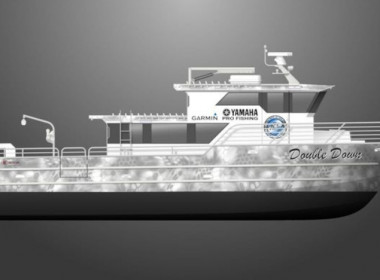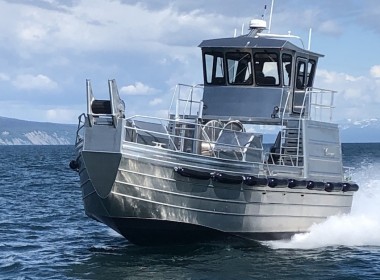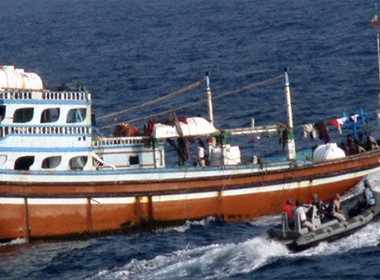Flooding into void space caused 2022 fishing vessel capsizing off Alaska, NTSB report reveals

The US National Transportation Safety Board (NTSB) has determined that flooding into the lazarette, a compartment below the main deck, or port void (empty) space likely caused the purse seining vessel Hotspur to lose stability, capsize, and sink near Nunez Rocks, Alaska, on August 2, 2022.
On the said date, the vessel was transiting through Dixon Entrance when it began listing to port. As the listing increased, the captain and four crewmembers abandoned the vessel to a liferaft and were rescued by the crews of Good Samaritan vessels.
Within about 20 minutes of the crew noticing the list, the vessel capsized and sank.
The bilge alarms did not sound in the wheelhouse before the vessel list became severe.
Investigators determined the alarms in the port void space or the lazarette were most likely inoperative. Had the bilge/water alarm level systems in these spaces been operable, the crew could have acted earlier to address the list.
“Automatic high-water bilge alarms are intended to provide crews with an early warning of vessel flooding,” the report said. “In inaccessible spaces, or small spaces with limited means or ability to inspect underway, bilge level-monitoring alarms are often the sole means to alert operators of space flooding. Operators should periodically test bilge high-water alarms and follow best marine practices and manufacturer recommendations for inspection and maintenance.”
With the short time between the captain first noticing a list and the vessel capsizing, investigators determined the vessel likely had limited stability while underway immediately before the flooding. Because Hotspur was less than 79 feet (24 metres), it was not subject to US Coast Guard commercial fishing vessel stability requirements.
Without stability calculations and stability instructions, the vessel’s operator had limited understanding of the vessel’s centre of gravity.
While Hotspur was functionally stable, the loading may not have provided an adequate margin of stability. The weight of the flood water, the free surface effect from the partially filled fuel tanks, and the free surface created by the flooding decreased the vessel’s remaining stability, resulting in capsizing.
Hotspur was not salvaged and was declared a total loss of US$1.2 million.
Marine Investigation Report 24-03 is available online here.







